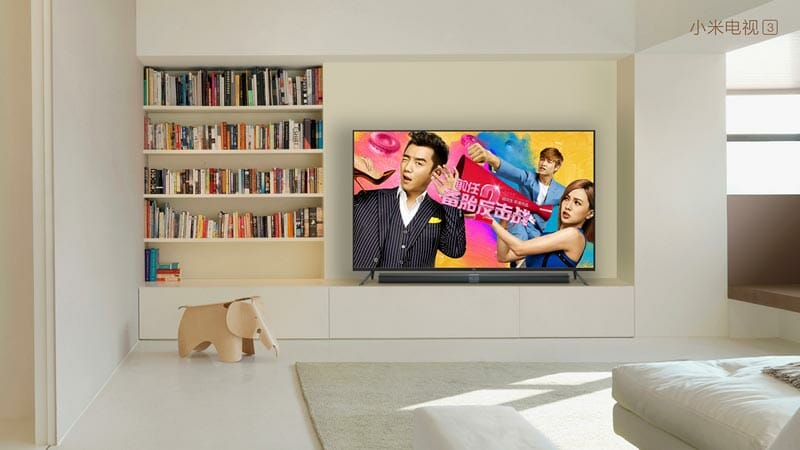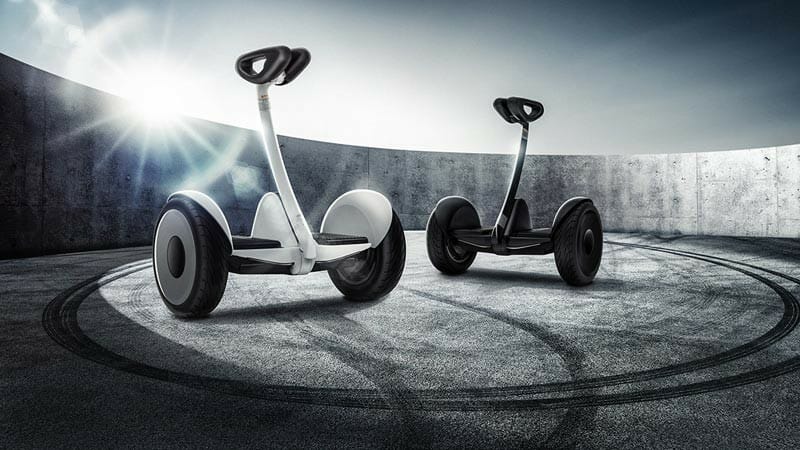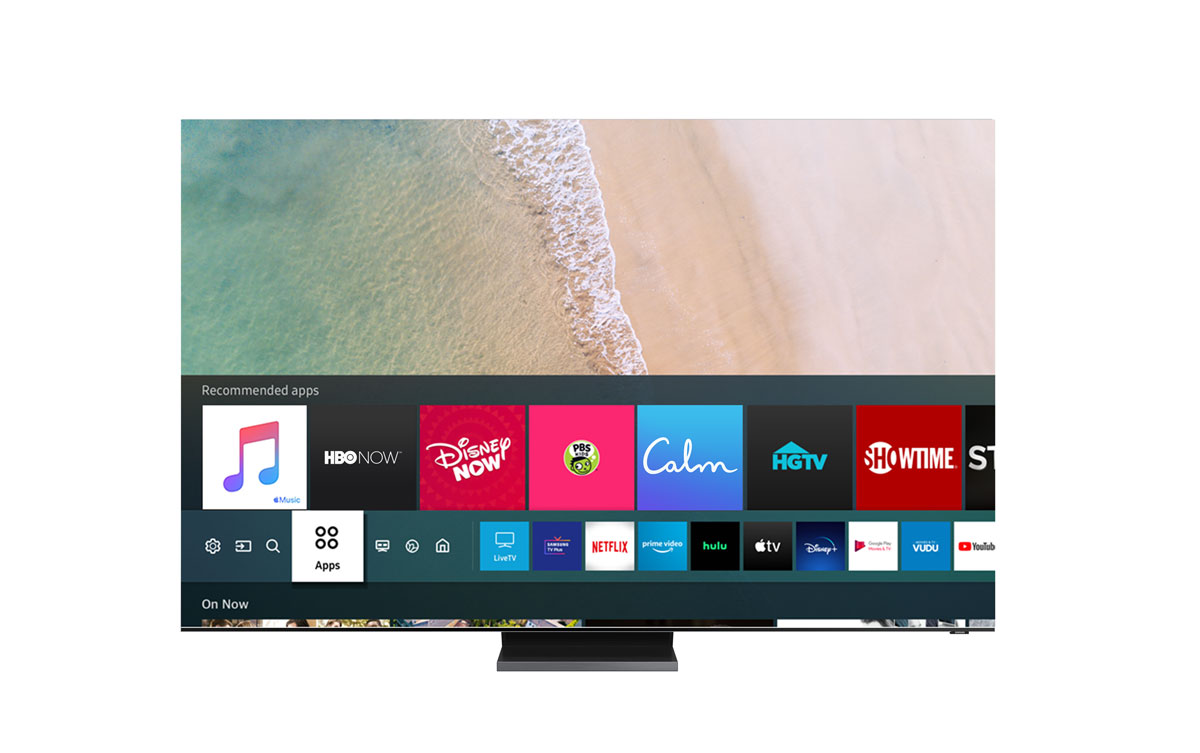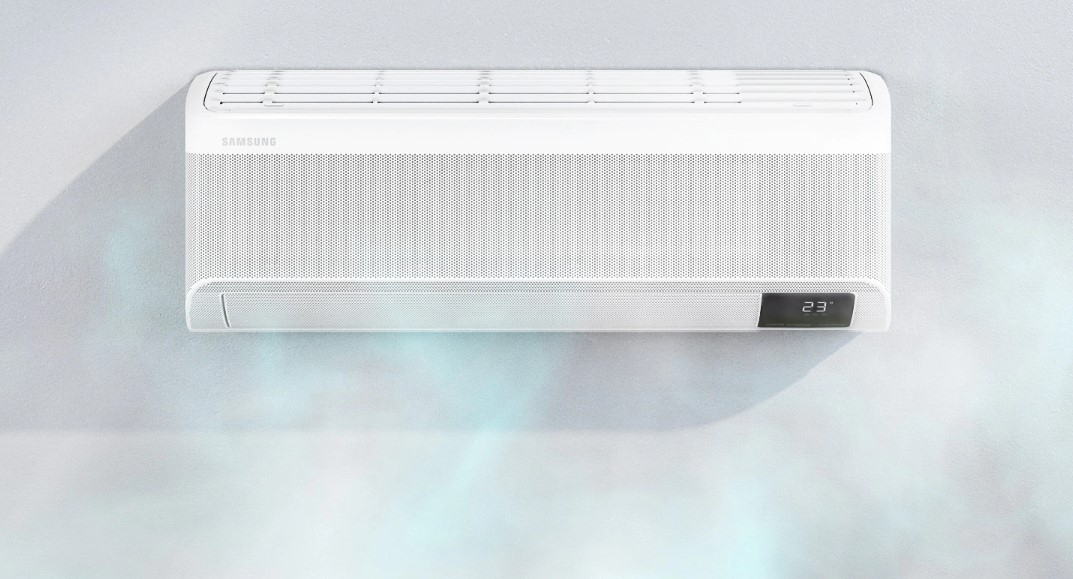Xiaomi has announced its latest Android smart TV – the Mi TV 3, boasting a 60-inch true 4K LG display with a sleek, full aluminium frame. In addition, Xiaomi also unveiled the Ninebot mini – a self-balancing scooter – the first Ninebot product since the strategic alliance with Segway in April this year.
The Mi TV gets bigger, better
The Mi TV 3 is a well-crafted entertainment device, crafted with a modular design approach. It’s powered by the MStar 6A928 flagship processor and separated into two parts. First, the glorious 60-inch LG true 4K display and then, the Mi TV Bar. The Mi TV Bar measures, at its thinnest, just 11.6mm. It houses the motherboard, Mi Box content and world-class independent sound system.
The Mi TV 3 packs powerful specs, and can easily run HD videos and punishing 3D games. The impressive built-in sound system was developed by acoustic tuning masters Luca Bignardi, a four-time Grammy Award-winning tuner, and Wang Fuyu, former research head of Philips acoustic architecture.
The cool thing about the Mi TV 3 is the incorporation of a specially-designed Mi Port and corresponding cable, which also carries power. When paired with the Mi TV 3, the Mi TV Bar does not require a separate power cable. Round the back, the TV is minimalistic at most, with only one data port.
To pair with any other screen, the Mi TV Bar, you can use a Mi Port-to-HDMI cable.
The shelf life of TV screens are typically around 10 years but the internals can become outdated. With the Mi TV Bar that retails for just RMB999 (US$158/RM678), you can breathe new life to that otherwise old TV set.
Mi TV 3 runs the latest MIUI TV operating system which incorporates voice search and voice remote control.
The Mi TV 3 retails for RMB4999 (US$790/RM3,391)
Key specifications:
- MStar 6A928 flagship processor
- Cortex A-17 quad-core 1.4GHz
- Mali-T760 4+4 core GPU
- 4K 60fps H-265 10-bit hardware decoding
- 2GB DDR3 RAM, 8GB eMMC 5.0 Flash
- 4K LG display (3,840 x 2160 resolution, 85% NTSC colour gamut)
Xiaomi’s first personal transport vehicle
Meanwhile, the Ninebot mini is unlike its predecessors. It doesn’t have a handle but instead uses a knee-high steering stick that detects micro-movements of the rider’s legs. Ninebot calls this technology Leansteer technology. This reminds me of the IOHawk I tested at CES 2015 earlier in the year.
Learning to ride the Ninebot mini is easy, and you should be able to get the hang of it after a few minutes.
It would not be a Xiaomi product if it wasn’t internet-enabled. And true enough, the Ninebot mini comes with a companion app. Via the app, you can control the movement of the self-balancing scooter as well as secure it. In “locked” mode, the scooter will ring an alarm if it’s moved and the user will be notified via the app.
Key specifications:
- Travels 22km range in a single charge
- 16km/h top speed
- Goes uphill on slopes up to 15 degrees
- Supports up to 85kg load
- IP54 rated to prevent damage from rainy conditions
- Lightweight at just 12.8kg for easy transport
The Ninebot mini retails at RMB1999 (US$316/RM1,355)
The new products will be available in China starting November 3 on Mi.com.
https://youtu.be/mtRsxyGSTdo













